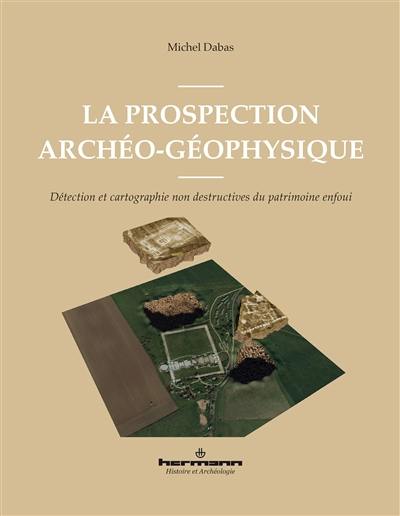
Fiche technique
Format : Broché
Nb de pages : 201 pages
Poids : 529 g
Dimensions : 21cm X 27cm
ISBN : 979-10-370-2261-5
EAN : 9791037022615
La prospection archéo-géophysique
détection et cartographie non destructives du patrimoine enfoui
Quatrième de couverture
La prospection archéo-géophysique
Détection et cartographie non destructives du patrimoine enfoui
L'archéo-géophysique est une branche de la géophysique qui s'est développée depuis maintenant une soixantaine d'années, en adaptant les méthodes de la géophysique aux questionnements archéologiques. Dans un premier temps la démarche était prédictive et visait à la détection de sites. Puis les questions posées au géophysicien ont évolué vers une démarche cartographique : délimitation fine de sites, détails sur leur structuration interne. L'évolution de l'instrumentation géophysique a permis de cartographier des zones de plus en plus importantes alors même que les méthodes actuelles de fouille autorisent seulement l'étude de surfaces limitées. Si l'on a pu opposer l'approche extensive de la géophysique à l'approche intensive des fouilles, cette opposition n'est qu'apparente : outil d'anticipation et de planification, la carte géophysique, si elle est croisée avec des sondages, est un formidable outil non destructif mis à la disposition de l'aménagement du territoire et de la préservation du patrimoine enfoui.
Archaeo-geophysics is a branch of geophysics that has developed over the last sixty years. It has made it possible to adapt geophysical methods to archaeological questions. At first, the approach was predictive and aimed at the detection of sites. Then the questions asked to the geophysicist evolved towards a more cartographic approach : fine delimitation of sites, details on their internal structuring. The evolution of geophysical instrumentation has allowed the mapping of increasingly large surfaces, whereas current excavation methods only allow the study of limited surfaces. If one could oppose the extensive approach of geophysics to the intensive approach of excavations, this opposition is only apparent. As a tool of anticipation and planning, the geophysical map if it is crossed with punctual soundings is a formidable non-destructive tool at the disposal of the development of the territory and the preservation of our buried heritage.






